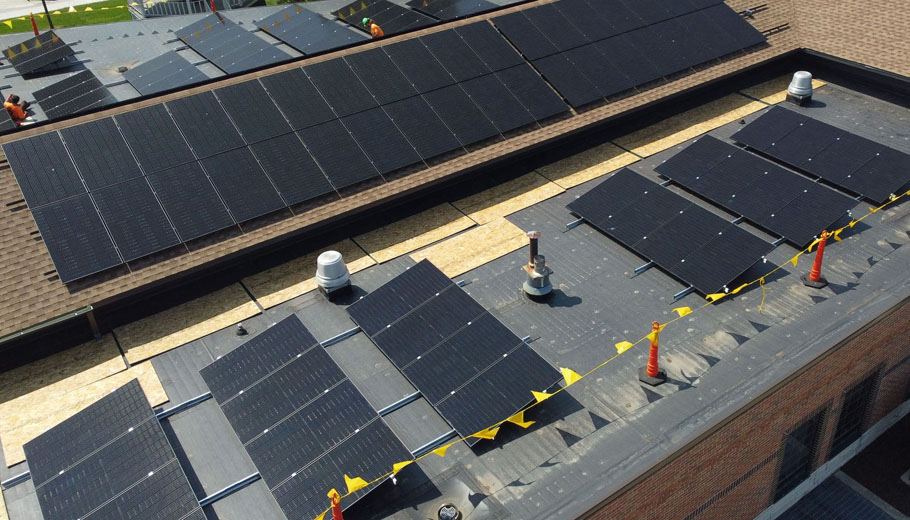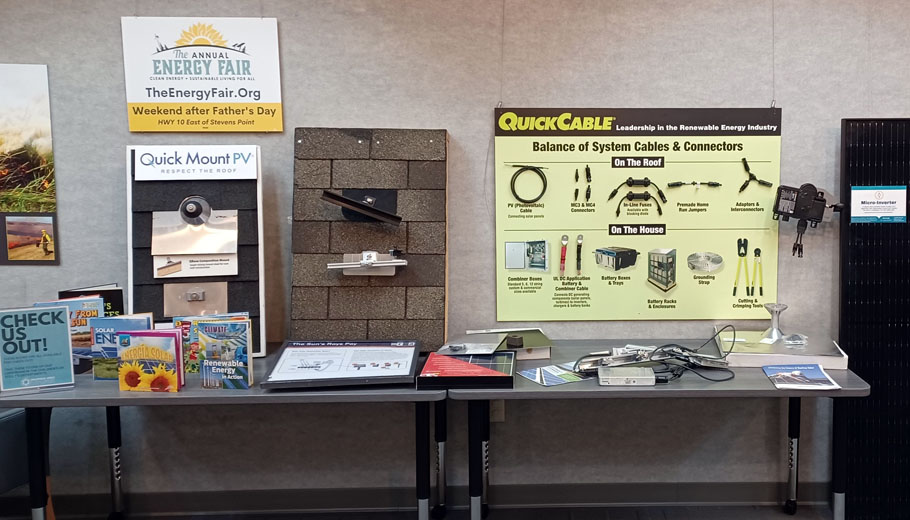
Waupaca installs panels, Powerwalls
By Robert Cloud
City officials plan to save money and promote sustainable energy with a nearly completed solar project.
Electricity generated by solar panels installed on the roof at Waupaca’s city hall will be stored in Tesla Powerwall batteries.
The Powerwalls will be located in city hall’s lower level near the servers.
Justin Berrens, the city’s public works director, said the city will no longer need to draw electricity from the power grid during peak hours.
“We get charged a much higher rate midday during the summer,” he said.
Earlier, the city considered purchasing a backup generator after a severe windstorm in 2019.
A power outage impacts not only the lights and air conditioning at city hall, it also shuts down the servers for the city’s computer network. Those servers are used by public works; police and fire services; and 700 customers who rely on Waupaca Online for internet access.
Berrens noted that the cost for a backup generator is more than $100.000.
The total cost for the solar project is $344,000, However, much of the cost for solar is covered by grants.

Grants
Greg Grohman, a grant writer who works jointly for the city, Waupaca School District and Waupaca Area Chamber of Commerce, said the city was awarded a $240,000 Energy Innovation Grant from the Wisconsin Public Service Commission in 2022.
The solar project was also awarded Focus on Energy and federal tax incentives totaling $41,523.
“The grant gave us an opportunity to implement this,” City Administrator Aaron Jenson said.
The system should be operational by mid-July, Jenson said.
Mayor Brian Smith said the opportunity to install solar came at the “most perfect time,” noting that the roof was 25 years old and leaking.
“Luckily, we were able to get the roof budgeted and the solar right after it,” Smith said.
Jenson said the system will provide 49.5% of city hall’s total energy usage and result in a $10,000 savings per year.
Grohman said the solar system will generate about 117 kilowatts of electricity.
“The panels are warranted to produce 86% of rated output after 25 years,” Grohman said. “It will last a long time.”
